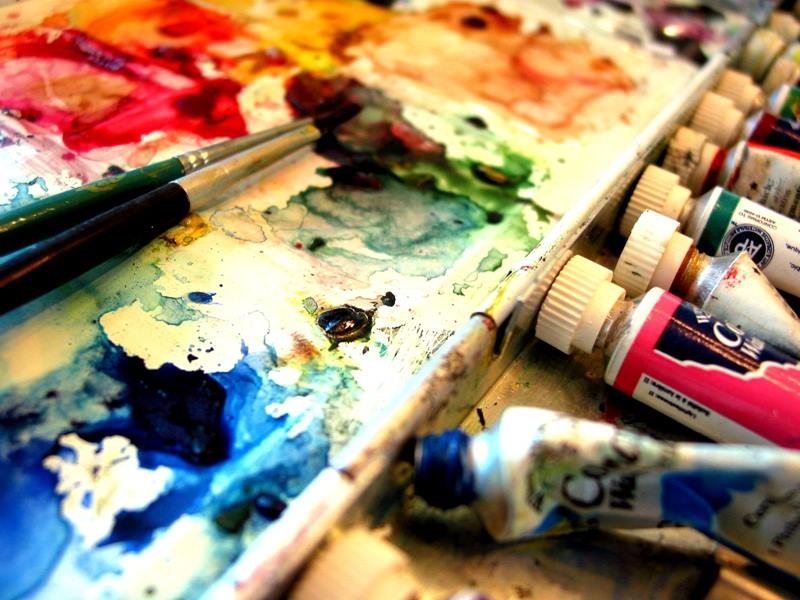Topics
1. Pigments in Painting
2. The Structure of the Atom and Colours
3. Electrons in the Atom
4. The Transition Metals
5. Complexes
Contextual Outline

Human cultural development has been mapped from prehistoric times by records on walls, in parchments and in sculptures. People have been fascinated by colour throughout time and artists have searched for pigments to colour their works.
Until the advent of modern chemistry, many pigments were prepared from natural resources and the recipes for these pigments survived over thousands of years. Part of the continued need for restoration of medieval artworks results from the fading and peeling of pigments that were prepared without knowledge of the chemistry of the canvas or the paints.
The advent of fireworks and coloured ‘neon’ lights are other examples of the use of colour. Our fascination with colour is evident from the numbers of people who gather to watch the night sky light up during fireworks displays. This module develops the idea that the study of the origins of colour in chemicals led to more advanced theories of atomic structure. These theories have helped us to understand, in particular, the chemistry and colours of the transition elements.
This module increases students’ understanding of the history, nature, practice, applications and use of chemistry and the implications of chemistry for society and the environment.
